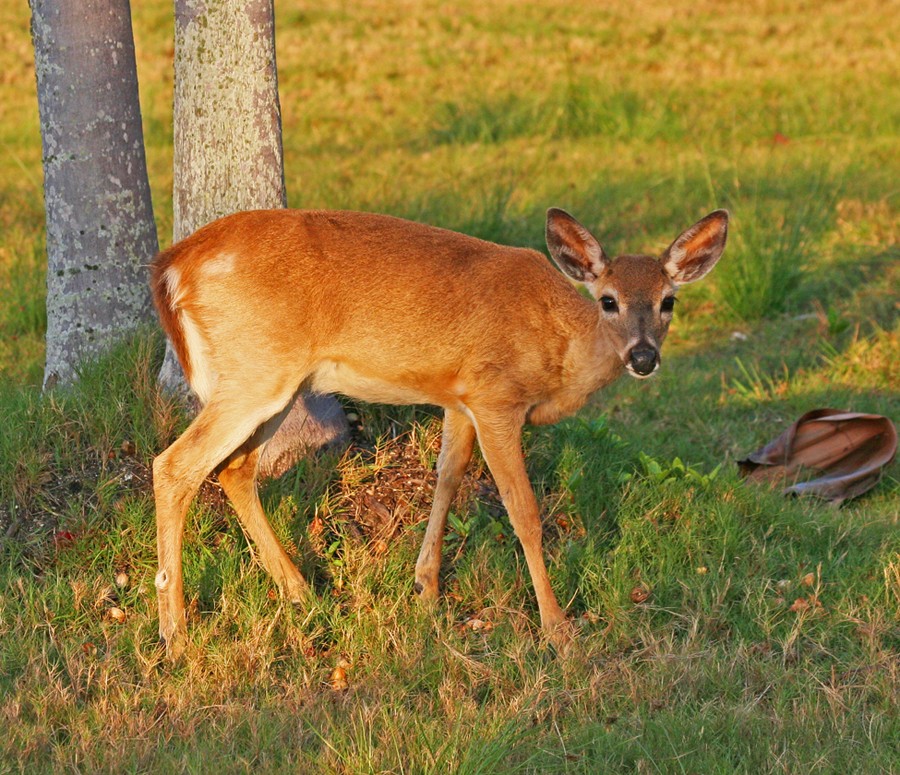Key deer
A species of Hollow-tooth Scientific name : Odocoileus virginianus clavium Genus : Hollow-tooth
Key deer, A species of Hollow-tooth
Scientific name: Odocoileus virginianus clavium
Genus: Hollow-tooth
Content
Description General Info
 Photo By Joseph C Boone , used under CC-BY-SA-3.0 /Cropped and compressed from original
Photo By Joseph C Boone , used under CC-BY-SA-3.0 /Cropped and compressed from original Description
Key deer demonstrates remarkable adaptability within its subtropical habitats, thriving in environments ranging from coastal marshes to forests. Known for their seasonal mating behavior, these animals also exhibit unique foraging during cooler months, consuming a diet focused on the foliage of evergreen plants. An integral part of the ecosystem, key deer plays a crucial role in seed dispersal and ground nutrient enhancement.
General Info
Lifespan
4-10 years
Diet
Key deer has a diet rich in leafy vegetation, primarily pursuing broadleaf tree and shrub foliage. Although largely herbivorous, this species also shows a preference for nuts, fruits, and corn, adjusting its diet seasonally.
Appearance
The key deer is a medium-sized deer, showing sexual dimorphism. Males sport impressive antlers that shed annually, while females are typically smaller and antlerless. Distinguished by its sleek, short brown fur, it also boasts a stark white belly and throat patch. Its large ears are particularly noted, as well as its iconic white tail, which it shows as a caution signal to its herd while fleeing danger.
Behavior
Key deer is a crepuscular species, active during twilight hours for foraging. It shows territorial behavior through rub and scrape marking with antlers and hooves. Predominantly solitary, the animal forms loose aggregates in winter. Adaptive behaviors include freeze response camouflage and flight for survival.